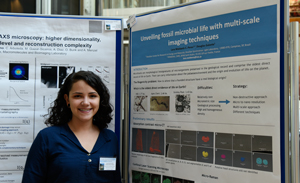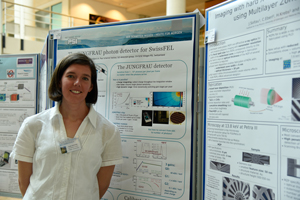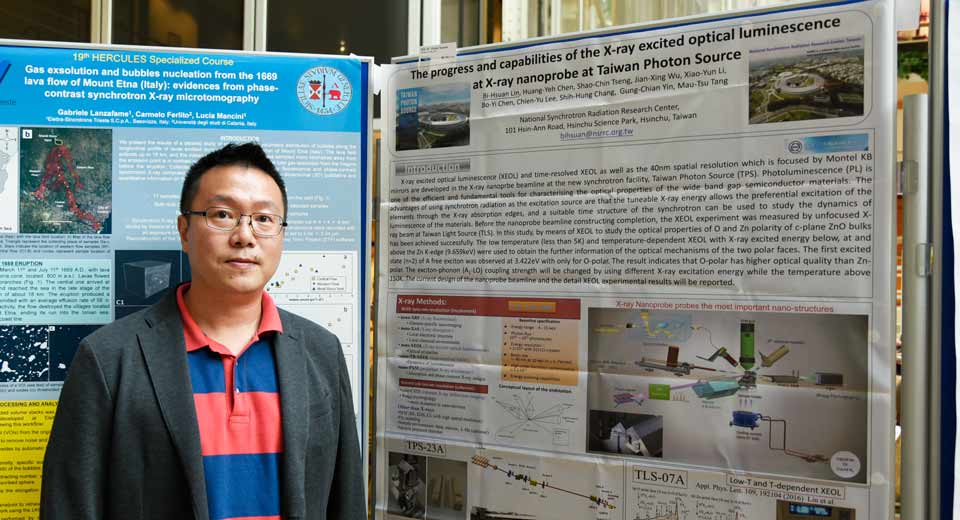- Home
- News
- General News
- HERCULES: training...
HERCULES: training the next generation in imaging for the future
17-05-2017
Twenty-four students from 12 different countries have arrived at the ESRF for the 19th HERCULES specialised course which runs from 15-19 May 2017. This course, called HSC19: Quantitative Imaging with X-rays and Neutrons, involves more than 70 participants and starts with lectures on the major techniques and theoretical aspects of image processing. It also includes one day of tutorials and a full day of hands-on practical sessions on 6 different beamlines.
Quantitative imaging is more than just producing pretty pictures, it’s about extracting quantifiable features from images. For example, choosing to represent data in 2D or 3D, or getting information on sample dimensions, not just shape. Quantitative imaging can also give information on the composition of a pollutant or be used, for example, to measure the concentration of products within a sample. In medical imaging, it can provide the surgeon with a probability, expressed as a percentage, that the spot they are looking at is actually a tumour.
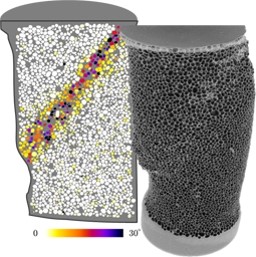 |
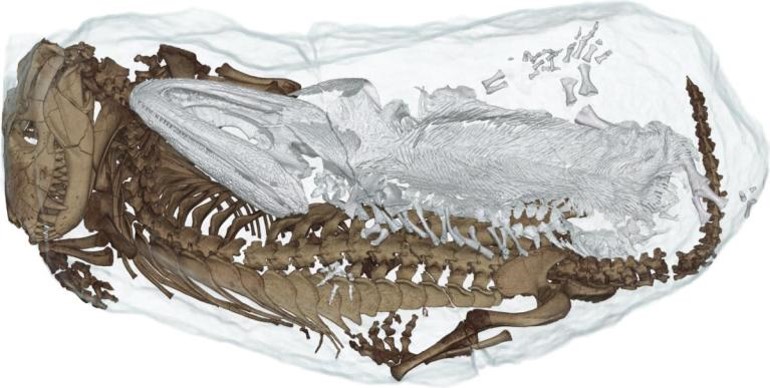 |
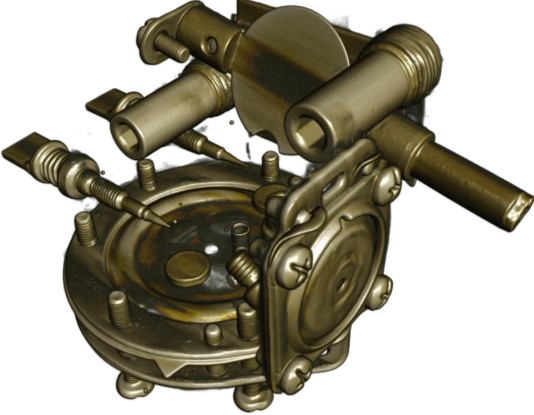 |
|
Some examples of quantitative imaging using X-rays or Neutrons. Click on the photos for explanations and credits. |
||
Not just a pretty picture – the power of quantitative imaging
For Birgit Kanngiesser, Experimental physicist at the Technical University of Berlin and on whose original idea HSC19 was created, quantitative X-ray and neutron imaging is a new language for transporting information. It has to be learned and there are several traps that need to be avoided. “Images can tap into our emotions and have an effect on our interpretation. It’s necessary to maintain a scientific and analytical approach. We already have definitions and protocols for this in spectroscopy, for example, but they need to be applied now to imaging as well. Algorithms play a decisive role in this validation process, and we hope to raise awareness of these issues during HSC19, to create common definitions and at least open a discussion within the community.”
|
Lara Maldanis, 27, Brazilian Lara has a background in biology, studying fossil hearts for her Masters degree. She has just started the 3rd year of a PhD in applied physics at the Brazilian Synchrotron, LNLS. She is particularly interested in palaeometry and palaeobiology. She studies microscopic samples, or microfossils, with high resolution imaging and tries to correlate morphology with chemical information to get clues on fossil structure. “I’ve found the course very interesting so far. Especially in that it shows the potential of the different techniques that I can apply in my PhD. I’m very excited, too, about the practicals. I’m hoping to learn a lot and take back this knowledge with me to Brazil.” |
Imaging techniques have seen an intense development using neutron and synchrotron radiation over the past 20 years, with the development of brighter sources and efficient detectors. During the week of HSC19, experts and beginners will discuss the creation and use of images, explore the good and bad practice in the field and gain hands-on experience in the newest developments in imaging techniques.
With a 50% success rate, competition was high to obtain a place on the course. “It’s in our interest to facilitate access to these courses for students who already have an interest or experience in these techniques. Their motivations to follow the course play a large role in their success as a candidate”, says Judith Peters, Professor at UGA, ILL scientist and member of the HERCULES board.
For José Baruchel, former Director of HERCULES and distinguished ESRF scientist: “One of the main benefits of this type of course is the networking. These are all brilliant students working on the same topics, they have contact with the most recognised teachers in Europe and they will almost certainly work together in the future. It’s an important step towards creating a scientific network that will follow them throughout their career.”
|
After a Masters in Physics at Manchester University, Sophie studied her PhD in particle physics at Oxford University and at CERN working on LHCb. Following a fellowship within the CERN Physics and Detectors group of the Compact Linear Collider (CLIC), today she is a post-doc at PSI, working for the development of a photon detector for SwissFEL. “The talks today have been really great – it’s only the first day and I’ve already learned alot! There’s a good cross-section of people and a good mix between students and lecturers.” “I’d love to stay in research after finishing my postdoc. I’d like to continue working to improve the dialogue between the scientists using the images and those building the detectors.” |
Vincent Favre-Nicolin, Director of the HERCULES programme and ESRF scientist, works in the field of coherent image analysis, developing experiment protocols and software for the interpretation of experimental data. “HERCULES is a fantastic project, it brings together such a large community and is the only school in the world that offers this wide a range of techniques. We are not just teaching techniques for use during a PhD or a postdoc, but for the entire career of these students. I hope the students are interested in the quantitative analysis part of the course and that they enjoy the tutorials. I also hope to learn a few tricks myself!” he says.
This year, five PhD students were able to benefit from a grant provided by one of the programme sponsors, DECTRIS.
About HERCULES
HERCULES stands for Higher European Research Course for Users of Large Experimental Systems. Since 1991, the programme has provided training for students, postdocs, and scientists from European and non-European universities and laboratories in the fields of synchrotron radiation and neutron science for condensed matter studies (biology, chemistry, physics, materials science, geosciences, industrial applications).
The courses are organised as a collaboration between ESRF, ILL, UGA, Grenoble Inp, IBS, CNRS, CEA, as well Soleil, LLB, Elettra, PSI, DESY and European XFEL outside Grenoble.
Throughout the years spent cultivating next-generation scientists, HERCULES School has been recognised as an internationally known training course. To help nourish more young scientists outside Europe, overseas Hercules Schools have also been hosted in Latin-America and in Brazil.
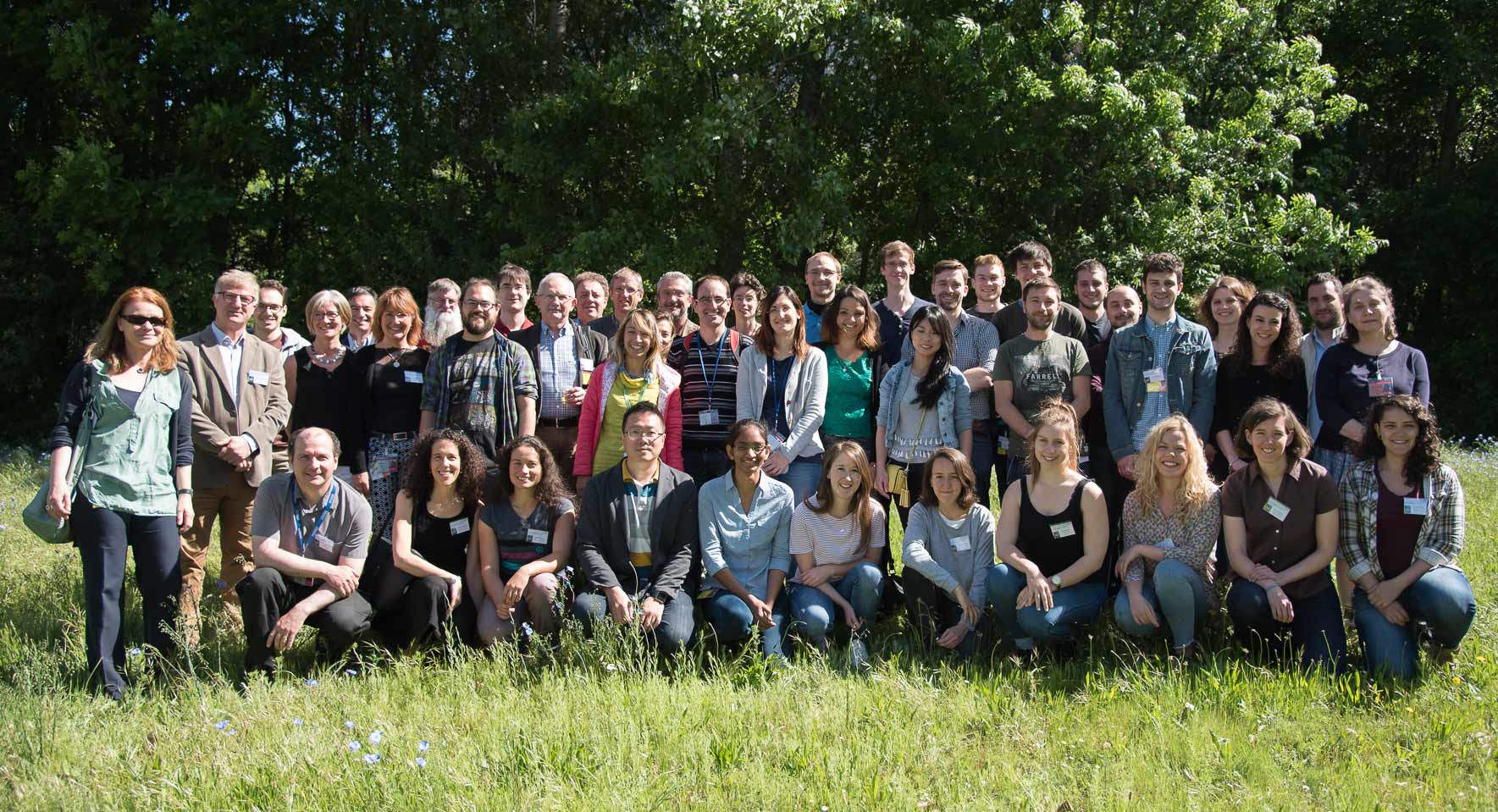 |
|
Participants and organisers of the HSC19: Quantitative Imaging using X-rays and Neutrons, outside the ESRF main building on 16 May 2017. ©ESRF/C. Argoud. |
Top image: HSC19 assembled 70 students and lecturers, with participants from as far afield as Brazil and Taiwan. ©ESRF/C.Argoud
